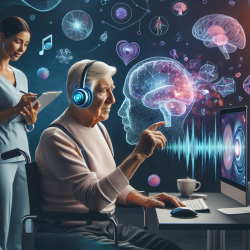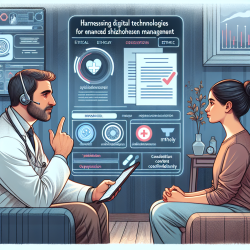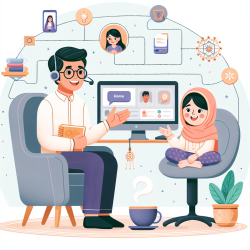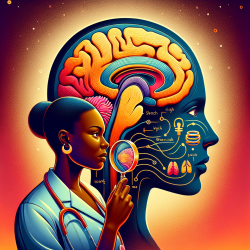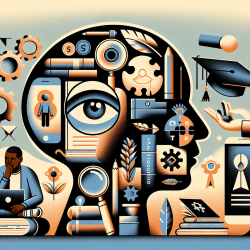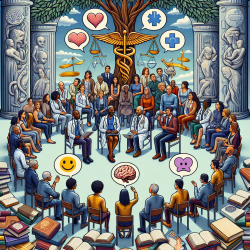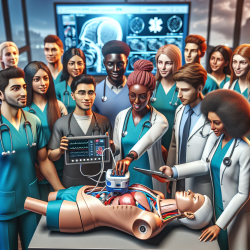In the evolving landscape of special education and therapy, the integration of technology into therapeutic interventions has opened new avenues for practitioners to enhance their services. One such innovation, the SpeechViewer computer-based speech training (CBST) system, has shown promising results in improving speech production in individuals with neurological impairments, particularly those suffering from dysarthria. This condition, characterized by muscle weakness affecting speech, presents significant challenges not only to the individuals it affects but also to the therapists dedicated to aiding their communication abilities.
The Evaluation of the SpeechViewer Computer-based Speech Training System with Neurologically Impaired Individuals research paper provides a thorough examination of how this technology can be leveraged to make meaningful improvements in speech intelligibility and rate. By focusing on voice timing, speaking rate, and vowel accuracy, the study showcases significant advancements in speech therapy outcomes. This blog aims to guide practitioners on implementing these findings in their practice and encourages further exploration into CBST systems.
Understanding the SpeechViewer System
The IBM SpeechViewer is a CBST system that provides visual feedback on various aspects of speech, such as pitch, loudness, voicing, and vowel production. This feedback aids patients in developing an understanding of their speech difficulties, potentially increasing the efficiency of the remediation process. The system, combined with a rate control program known as The Stepping Stones Game, was evaluated for its effectiveness in modifying speech attributes to improve intelligibility in individuals with dysarthria.
Key Findings from the Study
- The study observed significant training effects in improving speech intelligibility and speaking rate in subjects with dysarthria.
- Visual feedback and targeted exercises provided by the SpeechViewer and The Stepping Stones Game were effective tools for modifying speech attributes.
- Improvements were noted in voice timing, speaking rate, and vowel accuracy, leading to enhanced speech intelligibility.
Implications for Practitioners
For speech-language pathologists and special education professionals, these findings underscore the potential of incorporating CBST systems like SpeechViewer into therapeutic practices. Here are some recommendations for integrating these insights:
- Individualized Therapy Plans: Use the system to create tailored therapy sessions that address specific areas of need for each client, such as voice timing or vowel accuracy.
- Objective Measurement: Leverage the objective measurement capabilities of the SpeechViewer to track progress and adjust therapy goals accordingly.
- Engagement and Motivation: Utilize the interactive nature of the system and games like The Stepping Stones Game to increase patient engagement and motivation.
- Professional Development: Stay informed about the latest developments in CBST technology and research to continually enhance therapy effectiveness.
Conclusion
The integration of the SpeechViewer system into speech therapy practices offers a promising path forward for enhancing the communication abilities of individuals with neurological impairments. By leveraging technology to provide targeted, effective, and engaging therapy, practitioners can make significant strides in improving the lives of those they serve. The study's findings not only highlight the potential of such technologies but also call for continued research and innovation in the field of speech therapy.
For those interested in exploring this innovative approach further, the original research paper provides a comprehensive overview of the study's methodology, findings, and implications. Evaluation of the SpeechViewer Computer-based Speech Training System with Neurologically Impaired Individuals.
